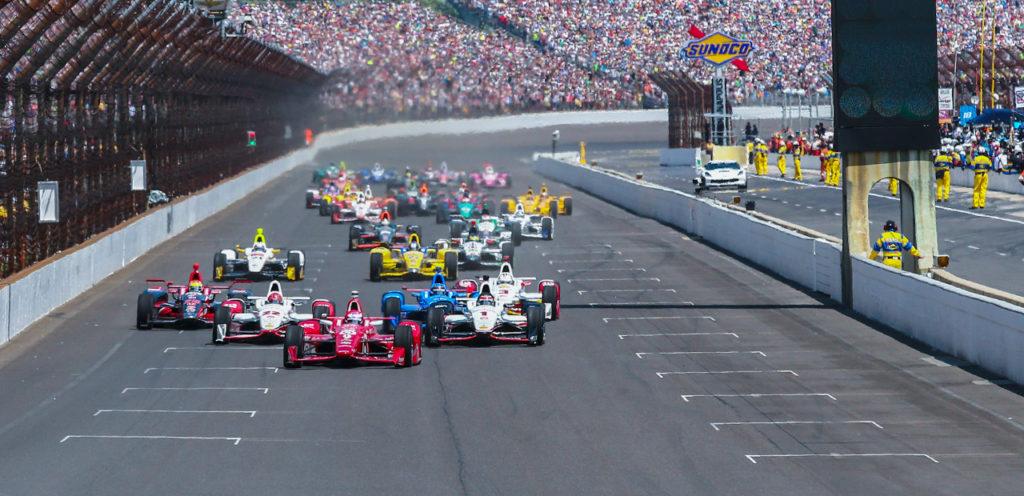
Later this month, the green flag will fall on the 33-car field of the Indianapolis 500 for the 100th time. Gábor Vajda takes a look at the storied history of the second-oldest motorsport event in the world, paying special attention to its significant F1 pedigree.
Most Formula 1 fans associate Indianapolis with the US Grand Prix that was staged at the celebrated circuit from 2000-2007. Less well known is that the Indy 500 was part of the first eleven seasons of the modern Formula 1 World Championship from 1950-60. But we are getting ahead of ourselves, because the history of this famous circuit can be traced back to the first decade of the 20th century. In fact, the Indy 500 only narrowly misses out on the crown of the oldest active motorsport event in the world; the Targa Florio in Italy, which began in 1906, celebrated its 100th running earlier this month.
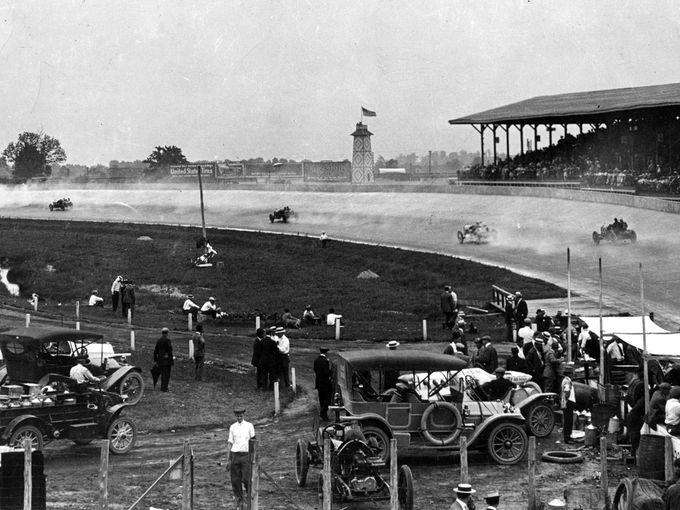
Birth of a Legend
The idea of the Indianapolis Motor Speedway – and American open-wheel racing in general – was inspired by a trip that businessman Carl G. Fisher took to France in 1905. After watching the Gordon-Bennett Cup, a direct predecessor of European Grand Prix racing, he returned to Indianapolis and purchased land outside his hometown. He set about building a 2.5-mile oval circuit, which staged its first race weekend in 1909. This event was marred by accidents and several fatalities, largely as a result of the unpaved track surface.
Soon after, Fisher decided to pave the track surface with bricks. Locals quickly dubbed the circuit ‘the brickyard’, a nickname that remains to this day. (The track was fully asphalted in 1961, apart from one yard at the start/finish line.) The inaugural “500-Mile Sweepstakes Race”, as the Indy 500 was initially known, was held on May 30, 1911. Only the two World Wars have got in the way of the legendary race that endures to this day.
The Modern F1 era: 1950-60
When the modern Formula 1 era began in 1950, Indianapolis was in the hands of new owners, the Hulman family, who managed to get the circuit included as part of the new F1 calendar. Europeans had competed successfully in the Indy 500 in the early years, but by 1950, it was already 30 years since the last European victory and the European drivers and teams were no longer competitive. Several active Formula 1 drivers tried to qualify for the race in the early 1950s, without success. Alberto Ascari did make it into the race in 1952, only to spin out in the early stages and eventually finish in 31st place.
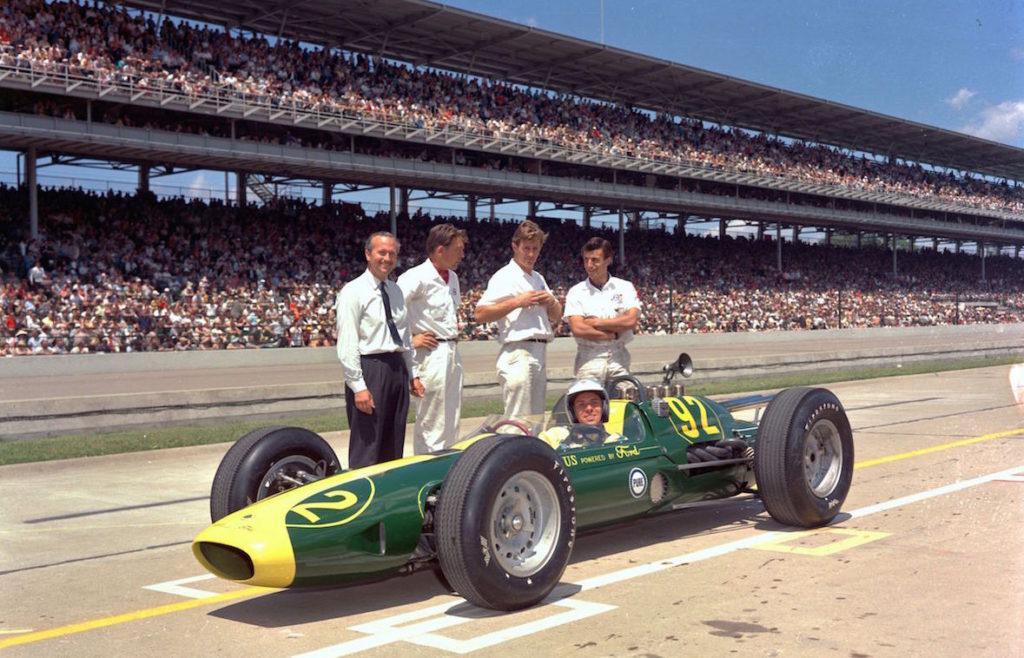
F1 Incursions
Immediately after the Indianapolis 500 was dropped from the F1 calendar in 1960, a renewed interest in the race emerged among F1 teams and drivers. Reigning World Champion Jack Brabham introduced the first competitive mid-engine racecar to the Indianapolis Speedway in 1961, which had predominantly been ruled by front-engine roadsters. Brabham may have only finished in 9th place, 8 minutes down on winner A.J. Foyt, but the superior handling characteristics of the Cooper were a revelation and within a few years, all the cars on the grid had adopted a rear-engine design.
In 1965, Team Lotus teamed up with the experienced pit crew of NASCAR’s Wood Brothers for Jim Clark, who became the first non-American driver to win the Indy 500 since 1920. Graham Hill won the following year and other active Formula 1 drivers also took part, including Jochen Rindt, Jackie Stewart and Denny Hulme. However, the increasingly corporate face of Formula 1, coupled with a the fact that the Indy 500 was held on the same weekend as the Monaco Grand Prix, prevented more F1 drivers from entering the legendary race.
The interest didn’t die down though. Many retired F1 drivers moved to IndyCar, notably Emerson Fittipaldi, who won the Indy 500 in 1989 and 1993. Reigning F1 champion Nigel Mansell moved stateside in 1993 and took the IndyCar title at his first attempt. He was leading the 1993 race until misjudging his speed at a late race restart, eventually finishing a credible third to Fittipaldi.
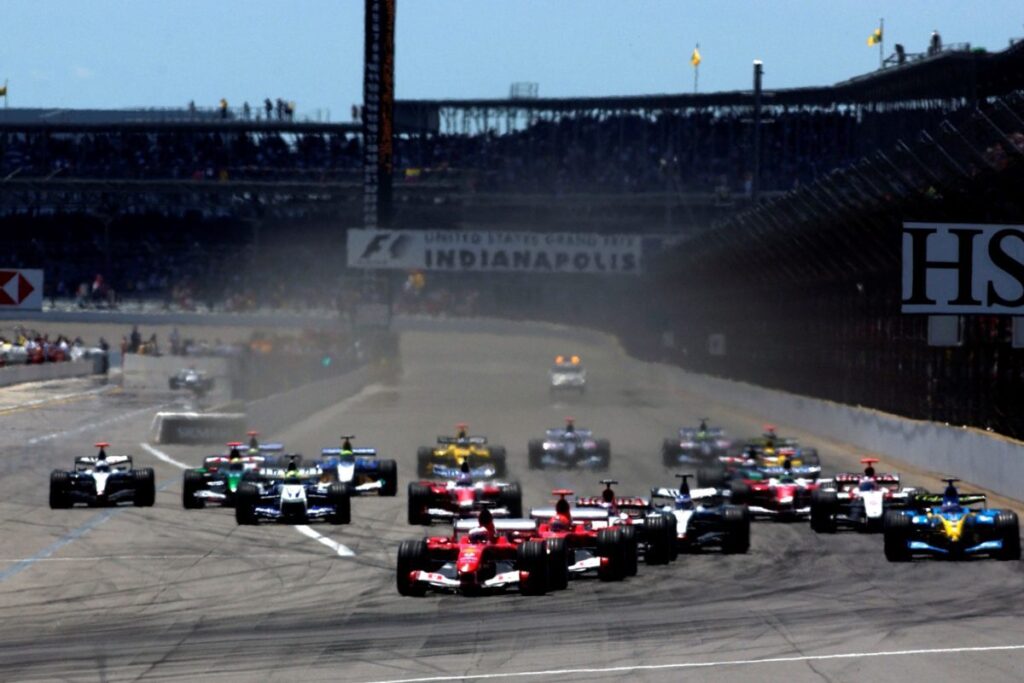
United States Grand Prix: 2000-2007
By the early 1990s, the Indianapolis Speedway had a new owner, Tony George, who set about bringing the famous circuit back to profitability. NASCAR came back in 1994 and talks began with Bernie Ecclestone about bringing F1 back to the circuit. Formula 1 did return in 2000 after a 40-year hiatus to a brand new infield road course that also utilized a section of the famous Speedway. It proved to be an instant success; 250,000 fans attended on race day (400,000 over the weekend), still the best-attended F1 race in history.
This success was not to be prolonged, however. An unfortunate series of events saw only six cars take to the start of the 2005 US Grand Prix at Indy after the Michelin-shod cars boycotted the race due to safety concerns. Formula 1 last raced at the circuit in 2007 and MotoGP took its place. The United States Grand Prix found a new home in 2012 at the purpose-built Circuit of the Americas (COTA) outside Austin, Texas.
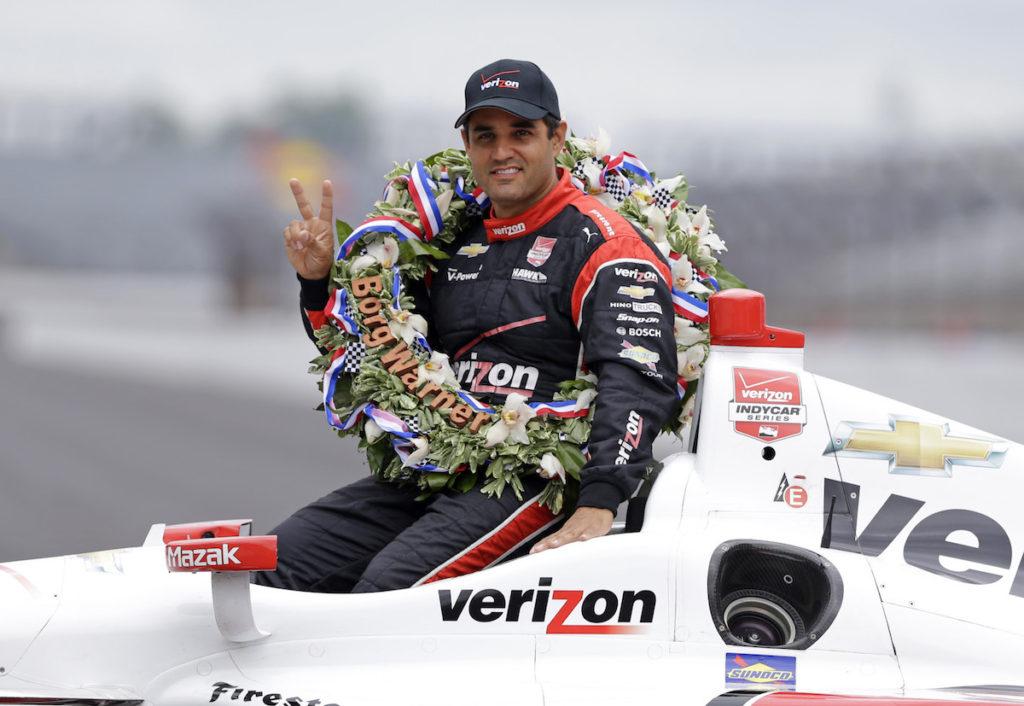
The 100th race
There’s a strong F1 flavor to this year’s Indy 500 field. Two grandsons of former F1 champions will complete (Matthew Brabham and Marco Andretti), as well as two-time winner and former F1 star Juan Pablo Montoya, multiple ChampCar champion and former F1 driver Sébastian Bourdais, as well as ex-Formula 1 drivers Takuma Sato, Max Chilton and Alexander Rossi. It will also be a special race for Stefan Wilson, who will race in memory of his brother Justin Wilson, an ex-F1 driver who was tragically killed during an IndyCar event last year.


